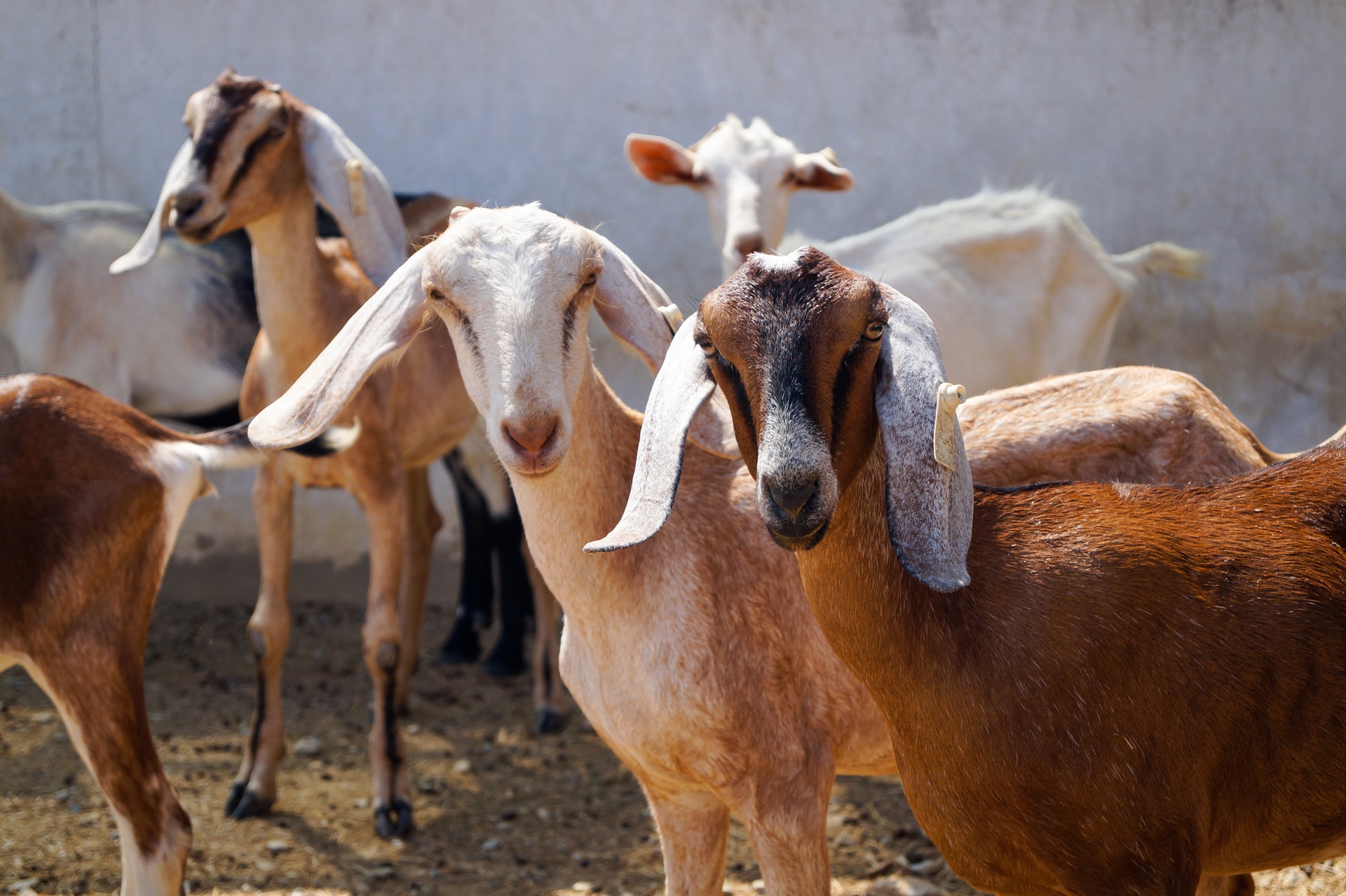The livestock industry has a distinctive and important place in the overall socio-economic development of the nation. It also plays a vital role in the rural economy as a supplement to family incomes and as a generator of meaningful work in the rural population, notably among landless labourers, small and marginal farmers, and women. This is especially true in the rural United States. Livestock Keeping is done by 30-35 million people living in rural areas. On average, each family has 2-3 cattle or buffalo and 5-6 sheep or goats, which enables them to get 30-40% of their income from livestock.
The poultry, meat, and dairy industries make up a significant portion of the livestock market. During 2010–2012, livestock production was responsible for about 55.1% of the value contributed to agricultural production and 11.6% of the nation’s GDP. When factor costs are held constant, the cattle industry’s gross value added has climbed from 672 billion rupees (in 2010-11) to 700 billion rupees (in 2011-12), representing a growth of 4.0 per cent in comparison to the previous year.
Table of Contents
Breeds and Locations of Livestock Animals
Cattle, buffalo, sheep, goats, camels, horses, asses, and mules are all types of animals that are kept as livestock in Pakistan. There are three breeds of buffalo native to Pakistan: Nili Ravi, Kundi, and Aza Kheli. The Nili Ravi buffalo breed is widely regarded as the greatest in the world. It is sometimes referred to as the “Black Gold of Pakistan.” Sahiwal, Cholistani, Red Sindhi, Achai, Bhagnari, Dajal, Dhanni, Gibrali, Kankraj, Lohani, Rojhan, and Thari are the types of cattle that are native to Pakistan. Other breeds include Red Sindhi and Cholistani.
The Sahiwal, Cholistani, and Red Sindhi are the most important dairy breeds, and they have been recognised all over the world thanks to the distinctive qualities that distinguish them from one another. People often refer to a goat as the “poor man’s cow.” Some individuals in urban and rural areas maintain goats and sheep for the purpose of obtaining milk for personal use.
The importance of the poultry industry to the overall livestock economy
Pakistan’s poultry industry is the country’s second biggest economic sector. About 1.5 million individuals are employed in some capacity (directly or indirectly) and get money from this industry. The poultry business in Pakistan is one of the most well-organized and dynamic sub-sectors of the country’s agricultural industry. Its contribution to agriculture is 6.4 per cent, while its contribution to livestock accounts for 11.5 per cent.
The production of meat from poultry accounts for 28.5% of the overall production of meat in the nation. Domestic poultry, poultry raised in rural areas, and commercial poultry are all included in the poultry industry. Domestic poultry includes roosters, hens, and chickens, as well as the eggs and meat produced by these animals. Layers, broilers, and the products of both, including eggs and meat, are considered to be commercial poultry. The chicken rate today is 383 PKR per kg. You can compare it to previous prices and you will find out that it has increased a lot in previous months. This means that the poultry sector is declining at a very fast rate.
Items Produced in Livestock Sector
The most important items that come from animals are meat, wool, hair, bones, fat, blood eggs, hides, and skins.
When the horns are handled and processed correctly, they may be transformed into a wide range of useful and ornamental items. Some of these items include buttons, toggles, combs, spoons, forks, knife handles, napkin rings, wall décor, shoes, and horns, among other things. The animal’s hide is a significant commodity, not only for international trade but also for domestic manufacturing. About one million animals are put to death every year in Pakistan, making it one of the most prolific countries in the world in terms of the production of hides and skins of a high standard. It is generally agreed that leather is the raw material that contributes the most to the country’s economy. The rural population relies heavily on faeces as both a fuel source and an organic fertiliser source.
Also Read:
Milk:
Pakistan is the nation with the fourth highest total milk production in the world. Cattle, buffalo, sheep, goats, and even camels are all capable of producing milk. However, due to their larger contributions to the overall milk supply, cattle and buffalo are regarded as the primary dairy animals. Milk is one of the most popular foods in Pakistan. It is also taken in a variety of forms, including fresh, boiling, powdered, and processed forms such as yoghurt, ghee, lassi, butter, and cheese, ice cream, sweets, and other types of confectioneries.
Meat:
The meat business in Pakistan is seeing growth at the moment. The export of meat, including beef, mutton, and camel meat, climbed by 13.9 per cent, going from the US $ 108.54 Million in 2010-11 to US $123.61 Million in 2011-12. This is an increase over the previous year’s figure of US $ 108.54 Million. We are able to satisfy the ever-increasing demand for meat inside the nation. At the same time, we can make some more currency by exporting the meat under the guise that it is disease-free.
Meat Production is also done using milk-producing animals. Once a dairy cow has reached the end of her productive life. At the point when it is no longer profitable to produce milk from her, she is converted into a beef animal. When dairy animals and dairy bulls are no longer necessary for breeding reasons. The male calves of dairy animals and dairy bulls are also exploited for beef production.
The industry of fishing
Fisheries is a sub-sector that plays a vital part in the national economy. It also plays an important role in the food security of the country. This is because it relaxes the present demand for mutton, beef, and poultry meat. Fisheries also contribute to the economic growth of the country. The industry’s contribution to the overall GDP is 0.3 per cent. Even if the contribution is very little, the revenues from exports make a sizeable contribution to the national income. From 2011–2012, the total amount of fish and fish products that were exported were 84,498 million tonnes. China, Thailand, Malaysia, the Middle East, Sri Lanka, and Japan are Pakistan’s primary markets for exporting goods.
Compared to other countries Pakistan’s fish consumption is very low (1.9 per cent per annum).












